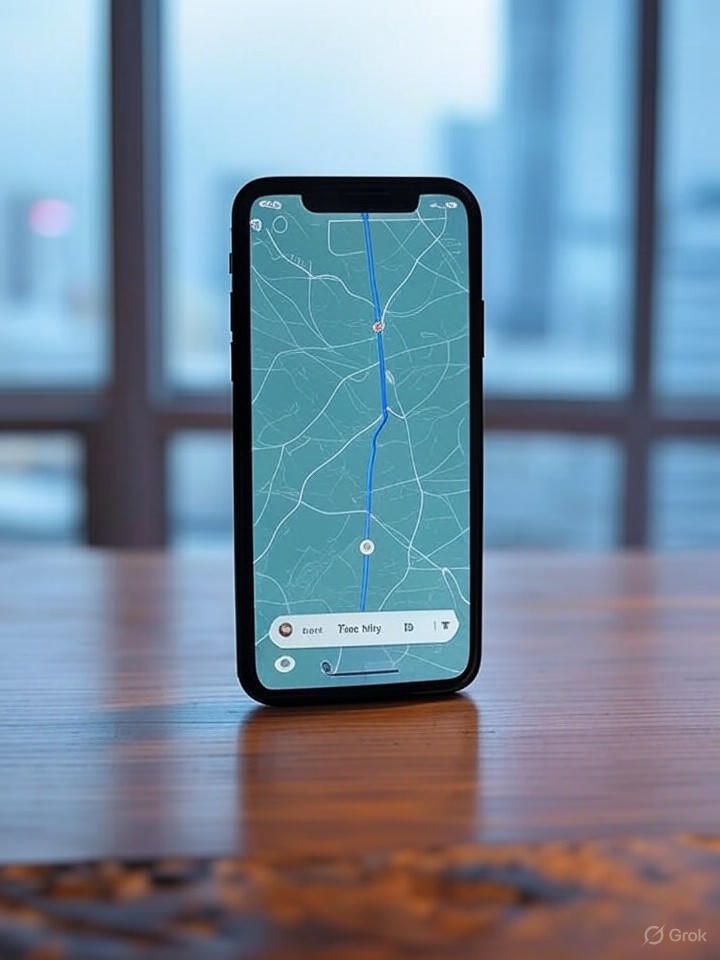In the intricate world of mobile technology, Android’s location services represent a double-edged sword, offering precise navigation and contextual awareness while subtly eroding device battery life and data reserves. At their core, these services leverage a fusion of GPS, Wi-Fi, Bluetooth, and cellular data to pinpoint a user’s position, enabling apps like Google Maps or ride-sharing platforms to function seamlessly. However, this convenience comes at a cost: constant querying of satellites and networks demands significant power, often leading to noticeable battery drain during extended use.
Industry experts note that the impact intensifies with high-accuracy modes, where GPS is actively engaged alongside other sensors. For instance, navigation apps can consume up to 20% more battery per hour when location is toggled on, as the device’s antenna works overtime to maintain real-time updates. Data usage follows suit, with background location pings potentially gobbling megabytes without user awareness, especially in areas with poor signal where the phone compensates by scanning more frequently.
Understanding the Mechanics of Power Consumption
Delving deeper, the battery toll stems from the hardware-intensive nature of GPS. Unlike passive sensors, GPS requires the device to communicate with orbiting satellites, a process that ramps up CPU activity and keeps the radio awake. According to a report from The Verge, this can deplete battery percentages in minutes during active sessions, conflicting with user expectations of all-day endurance. Moreover, Android’s fused location provider, which blends multiple data sources, aims to mitigate this but still incurs overhead when apps request frequent updates.
On the data front, location services often trigger small but cumulative uploads to cloud servers for features like traffic reporting or personalized ads. In urban environments, where Wi-Fi hotspots abound, the system might switch to less power-hungry scanning, yet this can inadvertently increase data expenditure if not managed. Developers are encouraged to optimize, as highlighted in guidelines from Android Developers, which emphasize throttling background access to preserve resources.
Real-World Impacts and User Experiences
User anecdotes underscore these effects, with forums revealing varied outcomes based on device models and Android versions. On Reddit’s GooglePixel community, discussions from 2018 indicate that high-accuracy mode shows minimal drain when idle, but spikes during app usage like mapping. Conversely, older modes like “battery saving” – which eschewed GPS for network-based location – offered a middle ground, though Android P simplified this to a binary on/off switch, as detailed by Android Police.
For industry insiders, the key lies in app permissions and system optimizations. Background location, throttled in Android 8.0 and later, limits updates to a few times hourly, improving efficiency by up to 10 times on some devices. Yet, rogue apps can circumvent this, leading to unexpected drain, as explored in Lystloc’s analysis, which advises monitoring via battery stats to identify culprits.
Strategies for Mitigation and Future Directions
To counter these drains, users can adopt targeted strategies: restrict location access to “while using the app” for non-essential services, disable it entirely when not needed, or use battery optimization tools in settings. Enabling adaptive battery features in newer Android builds intelligently curbs background activity, potentially extending life by hours. Data-wise, switching to Wi-Fi-only location when possible reduces cellular costs, though it may compromise accuracy.
Looking ahead, advancements like improved geofencing – which activates location only near predefined zones – promise better balance, as noted in Hubstaff’s guide. For developers, integrating efficient APIs is crucial, ensuring apps don’t become “battery vampires,” a term echoed in Android Police discussions on data-hungry behaviors. As Android evolves, striking harmony between utility and efficiency remains paramount for sustaining user trust in an era of constant connectivity.




 WebProNews is an iEntry Publication
WebProNews is an iEntry Publication